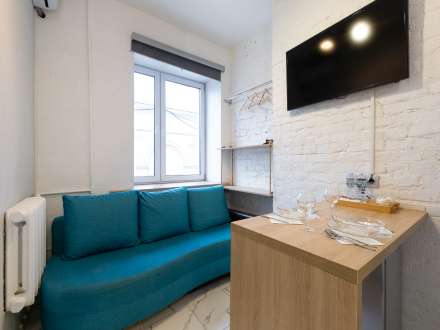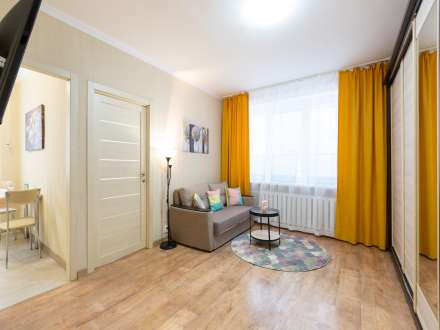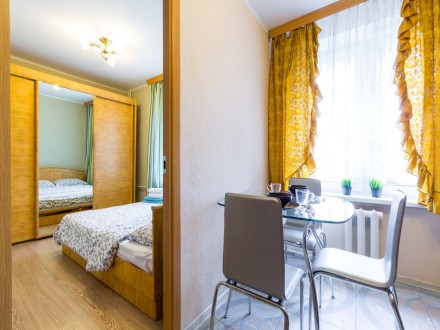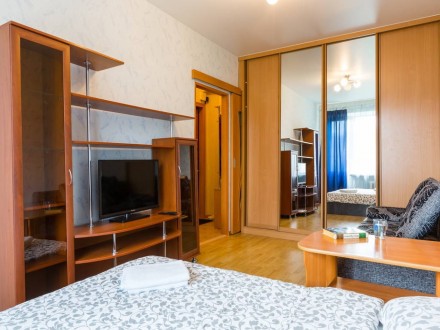Kitay-Gorod: the central area of the capital with an amazing history
Kitay-Gorod is a central district of the capital, located from Red Square to the Moscow River, it borders on Okhotny Ryad and Teatralnaya Square. This area has a rich cultural and religious heritage. How did China-town develop, what is this area like today, and what sights are located on its territory?
Time of occurrence
China Town arose at the steep slope of Borovitsky Hill in 1534. Until that time, Posad was located on this territory, inhabited by artisans and merchants. It turned into China Town after it was surrounded by a moat and an earthen rampart, fortified with a tree. Translated from Mongolian, this name sounds like an average fortress. In 1538, the construction of the Kitaygorod Wall was completed, which was carried out under the guidance of the famous Italian architect Petroc Maloi. The length of the white-stone structure was 2.6 km. It was built on a pile foundation and consisted of 14 towers, 7 of which were equipped with gates.
History of
After the small artisan-trading town, located in the center of the capital, was enclosed by the white-stone Kitay-Novgorod wall, some of the towers were decorated with tents unusual for these places. In the 17th century, they were reinforced with bastions, which were laid down after the war of 1812.
In 1934, the Kitaygorod wall was dismantled. To date, only some of its fragments have been preserved. One of them residents and guests of the capital can contemplate in the underpass located on the street Barbara. In the late 1900s, some parts of the Kitay-Gorod wall were restored. We are talking about sites located in the area of Tretyakovsky passage and Theater Square, in particular, we are talking about the famous Resurrection Gate.
Distinctive features
A distinctive feature of Kitaigorodsky district is its direct location in the center of the capital. On its territory there are many cultural and religious attractions. This Zaikonospassky monastery - the current male church, located on Nikolskaya street, Znamensky monastery - an ancient cathedral, which was part of Kitaygorodsky Posad, as well as the Nikolo-Greek monastery, located near the famous Printing House, partially preserved in our time.
On the territory of one of the most ancient districts of Moscow are white-stone Chambers of the English Court. During the reign of Ivan the Terrible, the English Embassy was located on this territory.
Ferrain’s pharmacy on Nikolskaya Street is also a local landmark. This is the very first pharmacy in Moscow, opened by the famous German entrepreneur Karl Ferrein, and in combination, a building with magnificent architecture.
One of the most popular attractions of China-city is Zaryadye Park, built on the site of the Hotel Russia, which was demolished in the zero years.
China Town today
Today, the district of CAO China Town, located from Red Square to the Moscow River, has a population of over 50 thousand people. In addition to museums, churches and residential buildings, there are business centers and educational institutions on its territory. In China-town there is only one exit from the Ploshchad Revolutsii metro station. Contrary to popular belief, exits from the metro stations of the same name are located outside of China Town.








